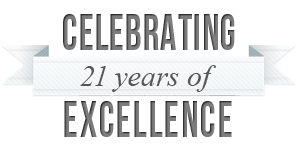Throughout my life, I have often been called a natural leader. Even in my youth, I tried to lead my sisters and friends as we played four squares or flag football. I got everyone organized and, of course, sought victory for my team. As I matured and developed, I learned that leadership goes well beyond being organized. While it’s not always about winning, it is about growing.
In my career at baltimore Gas and Electric Company, a subsidiary of Constellation Energy, I have led numerous teams, many of which have been comprised of men much older than me. Being a woman in a male dominated field, coupled with the age difference, requires effective organizational, leadership, and relationship-building skills to help make the team excel. For example, we may have to overcome unintended biases or stereotypes about each other. But overcoming obstacles doesn’t happen by chance. It must be deliberate. And it also takes time and patience.
My initial approach when asked to lead a team has been to do the following:
- Introduce myself and convey my excitement about the project
- Listen, learn, and identify what is working well and potential opportunities for improvement
- Observe and make preliminary assessments of the people, processes, and systems
- Ask additional questions and listen even more
- Confer with key external stakeholders
- Listen and observe again.
This technique has been very useful in helping break down barriers and diffuse conflicts that may develop within a new team. It allows members to have input on prospective changes and shows value for individual contributions.
It typically takes about 60 days to complete this process, but in the end, the team has a better understanding of my style and expectations. During this time, there is also the opportunity to correct or clarify any misconceptions through open, two-way communication.
Next, I work with my new team to develop a strategy. While everyone deals with change differently, I believe most people prefer an environment of success and achievement to one of failure and disappointment. Whether it’s an improved customer service model, or a more efficient work process, there must be clearly identified business plans to achieve results.
With the strategy determined, the team puts a plan in place with a set of clear deliverables, achievable milestones, and relevant measures. In the past, I have found that this process engenders high morale, strong loyalty, and ultimately strong results. As a leader, that is what I believe to be my primary responsibility.







